BIRD OF THE WEEK - THE NORTHERN CARDINAL!
BETTER KNOW A CARDINAL: FUN (AND) FACTS!

This week we voted the Northern Cardinal as bird of the week, one of the most popluar birds to to inspire bird watchers and bird feeder owners.
The Northern Cardinal is protected under the Migratory Bird Act. You can't have one as a pet and it is illegal to take or kill one.
It's easy to understand why. With their fiery red plumage it's hard not to take your eyes off them, or even your ears off them, since Cardinals make the loveliest of sounds. Let's get to know them a little better!
Scientific name: Cardinalis cardinalis.
Order: Passeriformes.
Family: Cardinalidae, including Cardinals, Grosbeaks and Buntings.
1. What’s in a name.
The Northern Cardinal, the official bird of no less than 7 states, is named after the early Catholic cardinal colonists who came to America in their crimson red robes and red skull caps. (That’s why when northern cardinals flock together, they’re called a Vatican. In winter their flocks can reach up to about 70 birds!)
2. Why the red?
Male cardinals are red annually, as opposed to some birds who only “dress up" in the mating season. The red actually comes from... food. Cardinals have carotenoids (plant pigments) rooted in their feathers so when they eat seeds and fruit containing these carotenoids, the red appears in their crimson feathers
Rarely, but not unlikely, you’ll spot a yellow northern cardinal. This is rare genetic mutation of their plumage, a variation called xanthochroism.
3. What do cardinals eat?
Cardinals eat insects (beetles, grasshoppers, crickets), seeds, grain, fruits, and sap. Notice their beaks: strong sturdy and pointed. All the better to crack up the seeds with, little red cardinal hood.
The baby cardinal chicks go hungry after every feeding since they defecate straight after eating. The mama or the papa usually transfers the fecal sac immediately after as far as possible from the nest to avert the scent from predators.
4. Which bird feeders best attract cardinals?
Cardinals don't migrate birds and so are highly attracted to bird houses and feeders, especially those with a lots and lots of seeds. Whether attached to your window or just hanging off a tree, they like their coffers full!
They especially love kind of seeds they can "drill into" with their sturdy beaks, like sunflower and safflower seeds. The striped sun-flower seeds are extremely hard to crack, which could eliminate other birds from competition and keep the cardinals the only birds on your feeder. The black-oil seeds are free-for-all, so if you want a bigger family flocking your way, that's the way to go.
5. Cardinal song.
The cardinals love singing! They have quite a few melodies. And unlike other songbirds, both male and female cardinals sing. The female songs, more complex and melodic than the male, usually do so from their nests to Indicate a need for food. Males can sing 200 or more songs an hour!
The song of the male cardinal:
The song of the female cardinal:
6. Cardinal love.
Cardinals are social birds. They mix in with other flocks of birds…until mating season, when they break off into love pairs (cardinals mostly mate for life.) The cardinals express love through their beaks. The male places his beak into the female beak with seeds “as we’re dancing close together beak to beak”
FUN FACT #1
According to research, an average cardinal lifespan is around 3 years, usually due to disease, predators and lack of food. However the oldest North Cardinal in Pennsylvania, a female, stuck it out till 15 years and 9 months!
FUN FACT #2
Not only eagles get to be bald! Don’t be alarmed if your usual visiting cardinal is bald… he’s just shedding the old feathers (old feathers are so 2019..) to prepare a new set of feathery spikes on his cute head.
FUN FACT #3

Know the ol’ adage “the early bird gets the worm?” Well, cardinals are the earliest of the earlies. They are the first to rise and hit the bird feeders and the last to close the day. Perhaps to get out of the rat race and avoid competition with other species.
FUN FACT #4
A male will attack any bird trying to trespass his zone, including their own reflection in the window!Cardinals are very protective of their territory, which can spread up to 2-10 acres.
Cardinals are also very skittish. So if they come sit on your hand, consider yourself as animal friendly as Snow White in the forest. Here's footage of a cardinal hand feeding in the Niagara Falls. So cute and so beautiful. In quarantine time, it's extra great to see this lovely footage from a "bird's eye view."


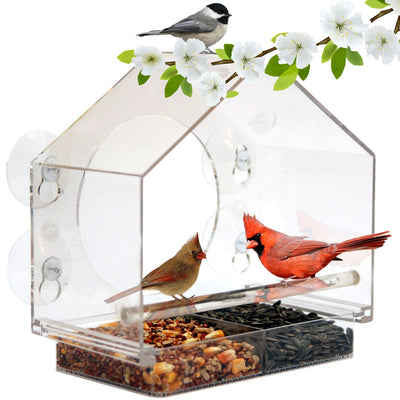




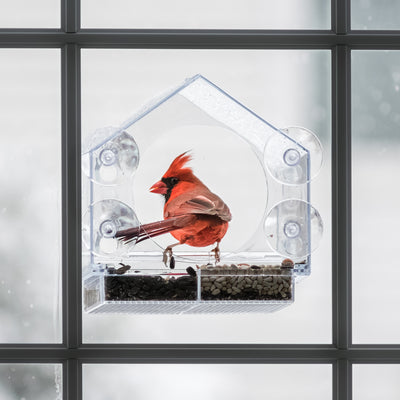




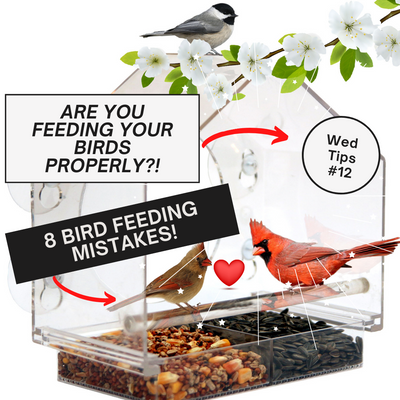
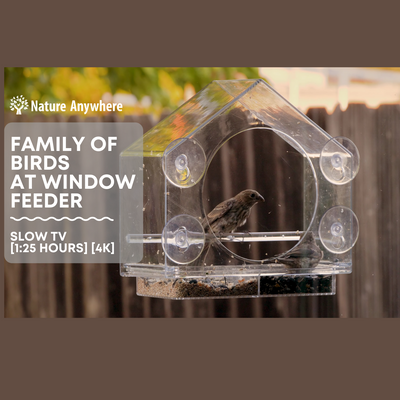
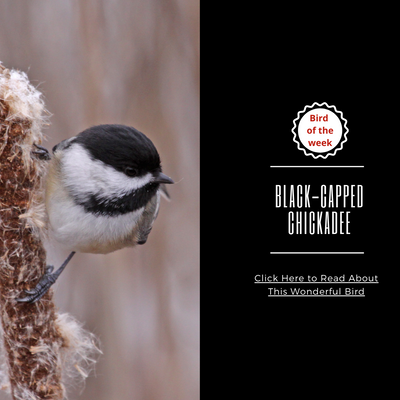
Excellent write up! Very informative & interesting.